Smoothies have become a popular choice for those looking to incorporate more fruits and vegetables into their diet. They are quick, convenient, and can be packed with nutrients. But here’s the thing – not all smoothies are created equal. Despite their reputation as a healthy option, there’s a mind-blowing reason why smoothies might not be as healthy as you think.
Picture this: You wake up on a sunny morning feeling refreshed and ready to take on the day. As you step into the kitchen, you reach for your blender and start gathering all the ingredients for the perfect smoothie. A handful of berries, a banana, some spinach – you’re confident that this smoothie will give you the nutritional boost you need.
With a quick blend, your smoothie is ready. It looks vibrant and delicious, and you can almost taste the healthiness in every sip. But before you take that first sip, let’s dive into the details.
Did you know that the nutritional value of a smoothie depends not only on the ingredients you use, but also on the hidden sugars that might be lurking in your blend? While fruit and vegetables can add natural sweetness to your smoothie, they can also contribute to its sugar content. This means that even though you’re sipping on what seems like a healthy beverage, you could be unknowingly consuming more sugar than you realize.
But that’s not all. The absence of fiber in juices used as a base for smoothies can also impact your blood sugar levels. Without the fiber to slow down the absorption of sugar, your body may experience sudden spikes in insulin, which over time, can increase the risk of developing Type 2 diabetes.
So, before you take that sip, it’s important to be aware of the hidden sugars in your smoothie and understand the impact they can have on your health. With the right knowledge and a little bit of tweaking, you can still enjoy a delicious and healthy smoothie without compromising on taste or nutrition.
Key Takeaways:
- Smoothies may not always be as healthy as they seem, due to hidden sugars.
- The absence of fiber in juice can lead to spikes in insulin and increase the risk of Type 2 diabetes.
- Awareness of hidden sugars is key to making healthier smoothie choices.
- Tweaking your smoothie recipes can help reduce sugar content without compromising taste.
- Remember that a well-rounded diet is crucial for overall health.
The Impact of Juice on Blood Sugar Levels
When it comes to smoothies, juice often serves as a base, adding a burst of flavor and liquid consistency. But have you ever wondered about the impact of juice on your blood sugar levels? Juicing fruit may seem like a healthy option, but the process of juicing actually removes an essential component: fiber.
Why is fiber important, you ask? Well, fiber plays a crucial role in regulating blood sugar levels. It helps slow down the absorption of sugar into the bloodstream, preventing rapid spikes and crashes in blood sugar. Without sufficient fiber, your body may struggle to process the sugar effectively, leading to potential issues like insulin resistance and, in the long run, even Type 2 diabetes.
But wait, there’s more. Juice can also impact your calorie intake.
When you consume juice instead of whole fruit, you miss out on the satiating power of fiber, which keeps you feeling fuller for longer. This means that liquid calories from juice may not provide the same level of satisfaction as solid food, potentially leading to higher calorie intake without the corresponding satiety.
So, if you’re relying solely on juice as the main ingredient in your smoothies, it’s important to be aware of its potential impact on your blood sugar levels and overall calorie intake.
What can you do to minimize the impact?
While juice can still be incorporated into your smoothies, it’s advisable to balance it with other ingredients that contain fiber. Adding fruits or vegetables with high fiber content, such as berries or leafy greens, can help mitigate the effects of juice on your blood sugar levels.
“Be mindful of your juice-to-fiber ratio in your smoothies. Incorporate fiber-rich ingredients like fruits and vegetables to help regulate blood sugar levels.”
By making smart choices and being mindful of your juice intake, you can enjoy the benefits of smoothies while minimizing the impact on your blood sugar levels.
The Presence of Hidden Sugars in Smoothies
So, you’ve heard that smoothies made with vegetables are a healthier option, right? But did you know that even these seemingly sugar-free concoctions can contain hidden sugars? Yes, that’s right! Vegetables like kale, carrots, and collard greens, which are commonly used in smoothie recipes, actually have varying amounts of natural sugars in them.
Now, you might be thinking, “Wait a minute, these veggies taste bitter, so how can they have sugars in them?” Well, my friend, that’s where the hidden sugars come into play. Despite their bitterness, kale, carrots, and collard greens do contain some amount of natural sugars, which become more noticeable when they are blended into smoothies.
When you blend these veggies to make a smoothie, the natural sugars get released from their fibers and contribute to the overall sugar content of your drink. So, even if you thought you were making a healthy choice by opting for a vegetable smoothie, it’s important to be mindful of the sugar content of your smoothie ingredients.
“Many people believe that strictly-vegetable smoothies are sugar-free, but this is not always the case.”
But fret not! This doesn’t mean you have to give up on your beloved veggie smoothies. Instead, consider adding other ingredients like a squeeze of lemon or some tangy berries to balance out the flavors and reduce the perception of sweetness. Remember, moderation is key when it comes to hidden sugars in smoothies.
Watch Out for These Sugar-Laden Vegetables:
| Veggies | Sugar Content (per 100g) |
|---|---|
| Kale | 3.63g |
| Carrots | 4.74g |
| Collard Greens | 1.09g |
As you can see from the table above, even though these vegetables have relatively low sugar contents compared to fruits, they still contribute to the overall sugar content of your smoothie. So, next time you blend up a vegetable smoothie, keep these hidden sugars in mind and make conscious choices about the other ingredients you add to your drink.
Remember, knowledge is power! Being aware of the hidden sugars in smoothies, even those made with vegetables, puts you in control of your sugar intake and helps you make healthier choices.
The Limitations of Nutrient Absorption from Smoothies
Contrary to popular belief, consuming larger amounts of smoothies does not necessarily mean your body is getting more nutrients. The body has a limit to how many nutrients it can absorb at one time. When you chew solid food, the fiber and protein content send signals to your brain to stop eating when you feel full. However, when you consume smoothies, you bypass this natural mechanism and can end up overconsuming nutrients without reaping the full benefits. Chewing food and the presence of fiber and protein play a crucial role in nutrient absorption.
| Nutrient Absorption Factors | Smoothies | Solid Food |
|---|---|---|
| Chewing | Minimal or no chewing required | Requires thorough chewing |
| Fiber | Some fiber present, but broken down during blending | Whole fiber intact |
| Protein | Varies depending on smoothie ingredients | Protein-rich sources can be chewed and properly digested |
Misconceptions about Juicing and Reversing Diabetes
So you’ve heard that green juices and smoothies can miraculously reverse diabetes? Well, hold on a minute! While these healthy concoctions can certainly help manage your blood sugar levels, they don’t work like a magic potion to completely reverse the underlying condition. Let’s separate fact from fiction, shall we?
First things first, let’s talk about diabetes management. The key factor here is your body’s sensitivity to sugar in the bloodstream, not the specific source of the sugar. Whether it’s from a juicy apple or a refreshing smoothie, your body still reacts to the sugar in the same way. So, while reducing your overall sugar consumption can certainly have a positive impact on managing blood sugar levels, it won’t magically make diabetes disappear.
Now, let’s address the success stories you may have heard about individuals who have managed their diabetes through green juices or smoothies. It’s important to note that these success stories are not a license to start chugging gallons of sweet concoctions. In fact, these individuals must be cautious not to increase their sugar intake over time, as this can lead to a recurrence of the condition. Remember, moderation is key!
So, what can you take away from all this? Drinking green juices and smoothies can be a beneficial part of a diabetes management plan, but it’s not a cure-all solution. The real focus should be on monitoring your blood sugar levels, making healthy dietary choices, and working closely with your healthcare team to keep your diabetes in check.
Just remember, the power to manage your diabetes lies in your hands, not in a glass of juice or a blender full of smoothie goodness.
The Effects of Blending Skins and Pulp in Smoothies
When it comes to smoothies, some believe that blending the skins and pulp of fruits and vegetables can help reduce the harmful effects of the drink. But is that really the case? Let’s take a closer look.
It’s true that the skins and pulp of fruits and vegetables are often packed with fiber, which is essential for maintaining healthy digestion and regulating blood sugar levels. However, the process of blending them in a smoothie can actually break down the fiber to a point where it becomes less effective in slowing down sugar absorption.
So, why is fiber important when it comes to sugar absorption?
Fiber plays a crucial role in regulating the impact of sugar on blood sugar levels. It slows down the digestion process, which in turn prevents rapid spikes in blood sugar. When you consume whole fruits and vegetables, the fiber content is intact, allowing it to have this beneficial effect. But once you blend the skins and pulp, the fiber is broken down and loses its ability to effectively regulate sugar absorption.
What about saving the pulps and skins for other recipes?
While you may think that saving the pulps and skins for other recipes is a smart choice, it’s important to note that it still doesn’t address the need for fiber at the time of consuming the smoothie. Plus, there are alternative ways to incorporate these parts into your diet, such as using them in salads, soups, or stir-fries.
So, the next time you make a smoothie, think twice before blending the skins and pulp. While it may seem like a way to maximize your nutrient intake, it may actually diminish the beneficial effects of the fiber. Instead, focus on incorporating whole fruits and vegetables into your smoothies to ensure you’re getting the most out of their fiber content.
Conclusion
In conclusion, smoothies can be a convenient and delicious way to include fruits and vegetables in your diet. However, it’s important to make informed and healthy choices when it comes to consuming smoothies. Pay attention to the source and amount of sugars in your smoothies, as excessive sugar intake can have negative effects on your health.
Additionally, be mindful of the limitations of nutrient absorption from smoothies. Although they may contain a variety of nutrients, consuming large amounts of smoothies can overload your body’s capacity to absorb these nutrients effectively. Chewing solid food and the presence of fiber are key factors in nutrient absorption, so incorporating a balanced diet that includes different forms of fruits and vegetables is crucial.
To maintain a healthy lifestyle, consider smoothies as part of a well-rounded diet that includes a variety of nutrient-rich foods. Make sure your smoothie choices align with your individual health goals and dietary needs. Balance the sugar content in your smoothies and focus on nutrient absorption to optimize your overall health and well-being.
FAQ
Are all smoothies healthy?
What is the impact of juice on blood sugar levels?
Do vegetable smoothies contain sugar?
Can you absorb more nutrients by consuming larger amounts of smoothies?
Can green juices and smoothies reverse diabetes?
Does blending skins and pulp reduce the harmful effects of smoothies?
Is it important to balance sugar intake with nutrient absorption?
MORE SOURCES TO READ:
- https://blackgirlsguidetoweightloss.com/debunking-the-myths/7-major-misconceptions-smoothies-juicing/
- https://www.thehealthyhomeeconomist.com/how-green-smoothies-can-devastate-your-health/comment-page-34/
- https://www.nytimes.com/2022/02/14/us/politics/eric-adams-wellness-vegan.html
![]()
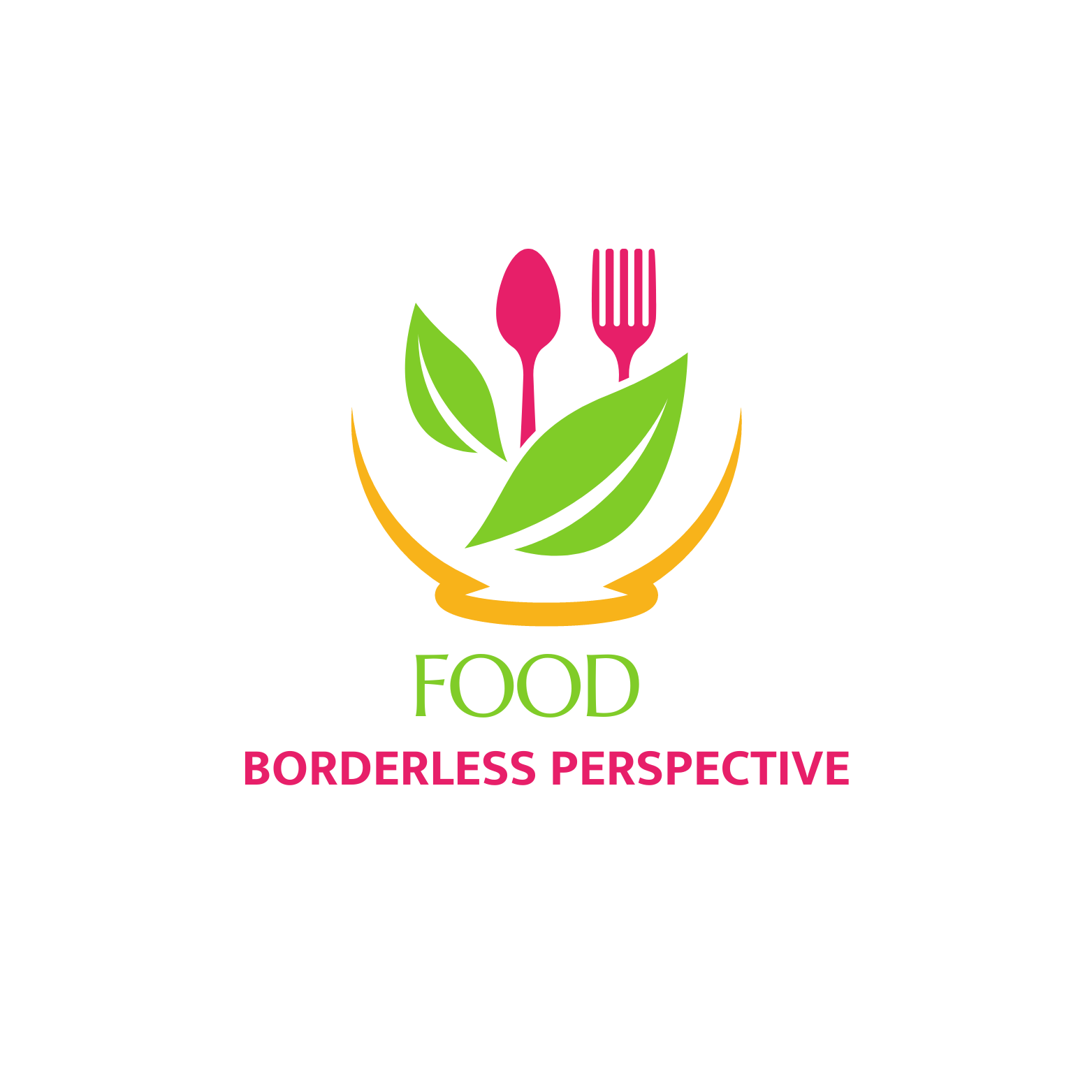



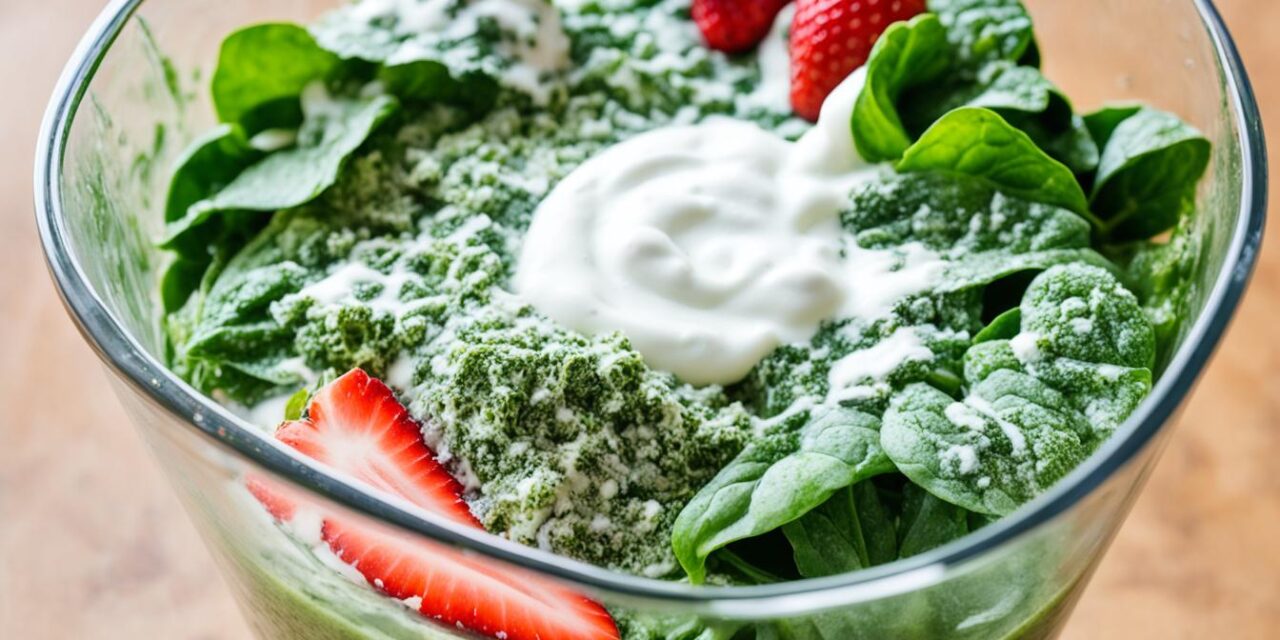

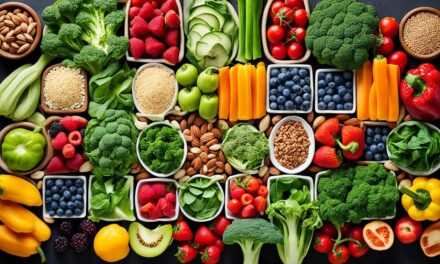
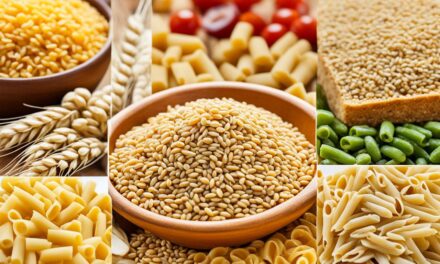



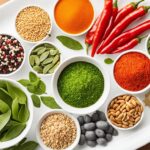

Recent Comments